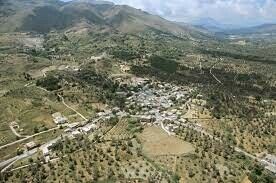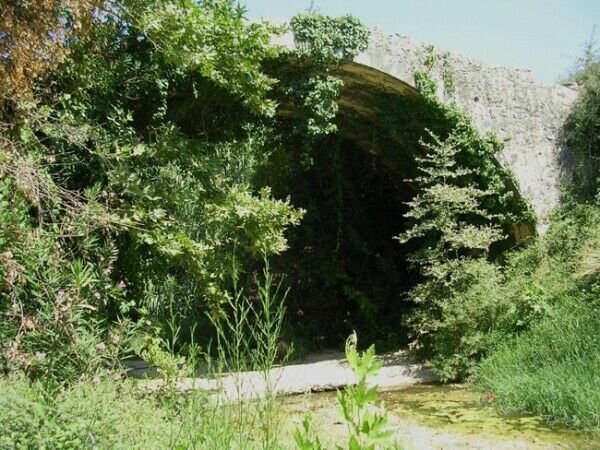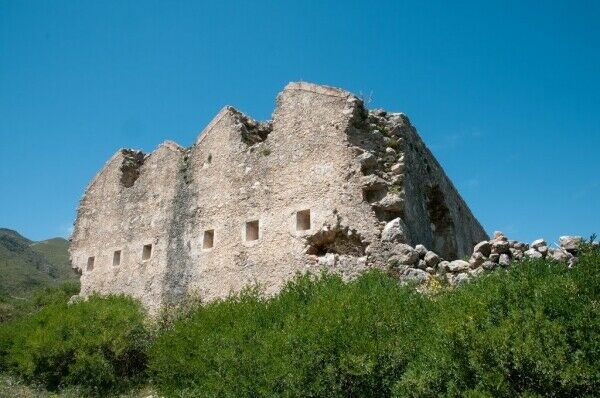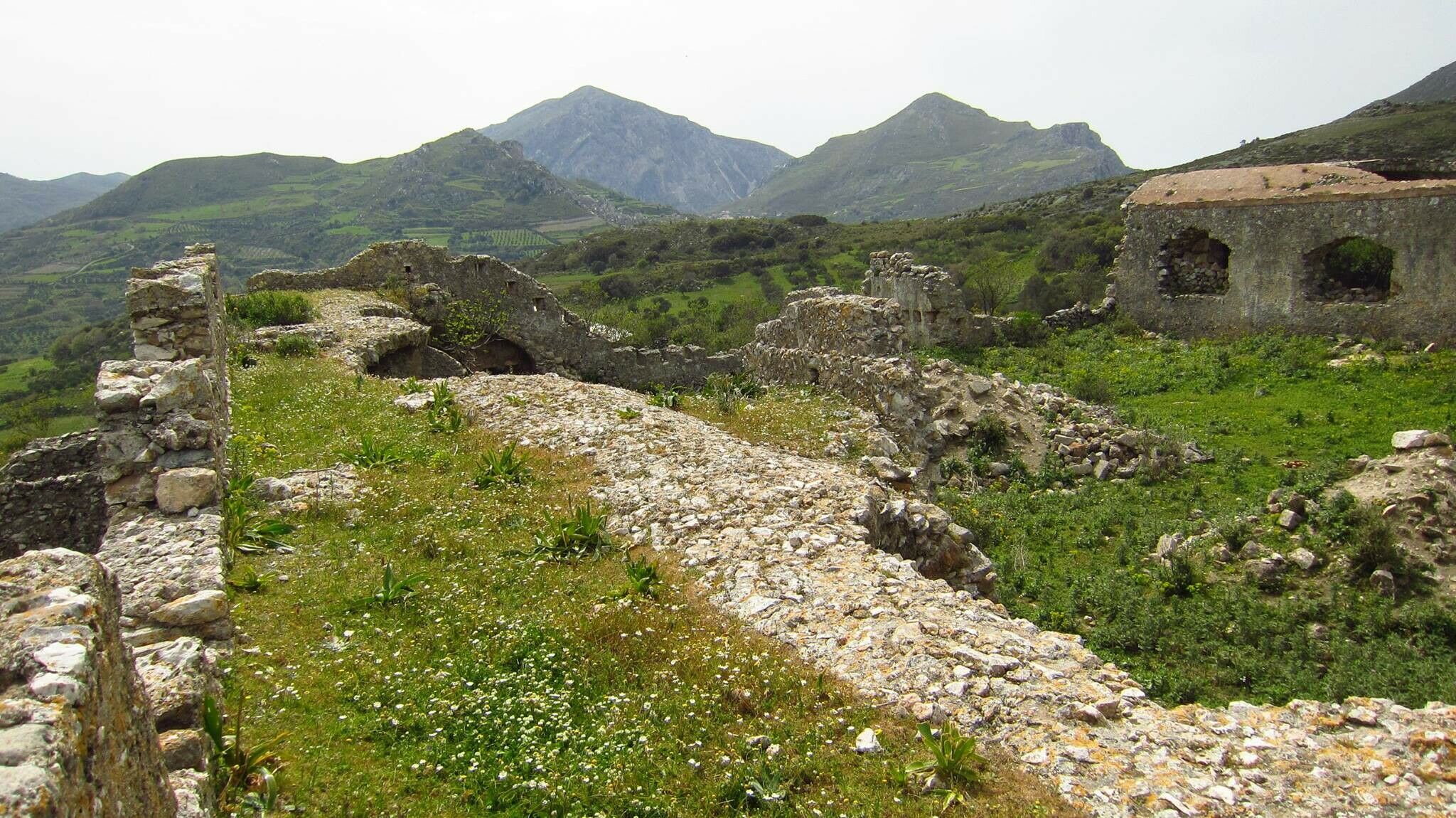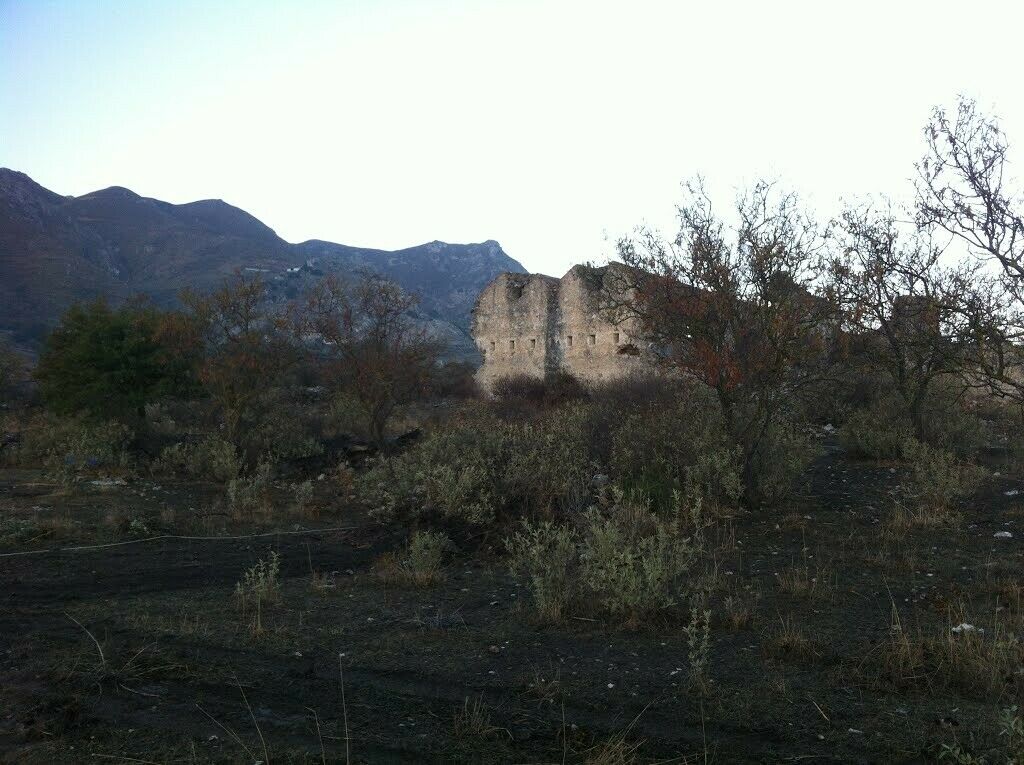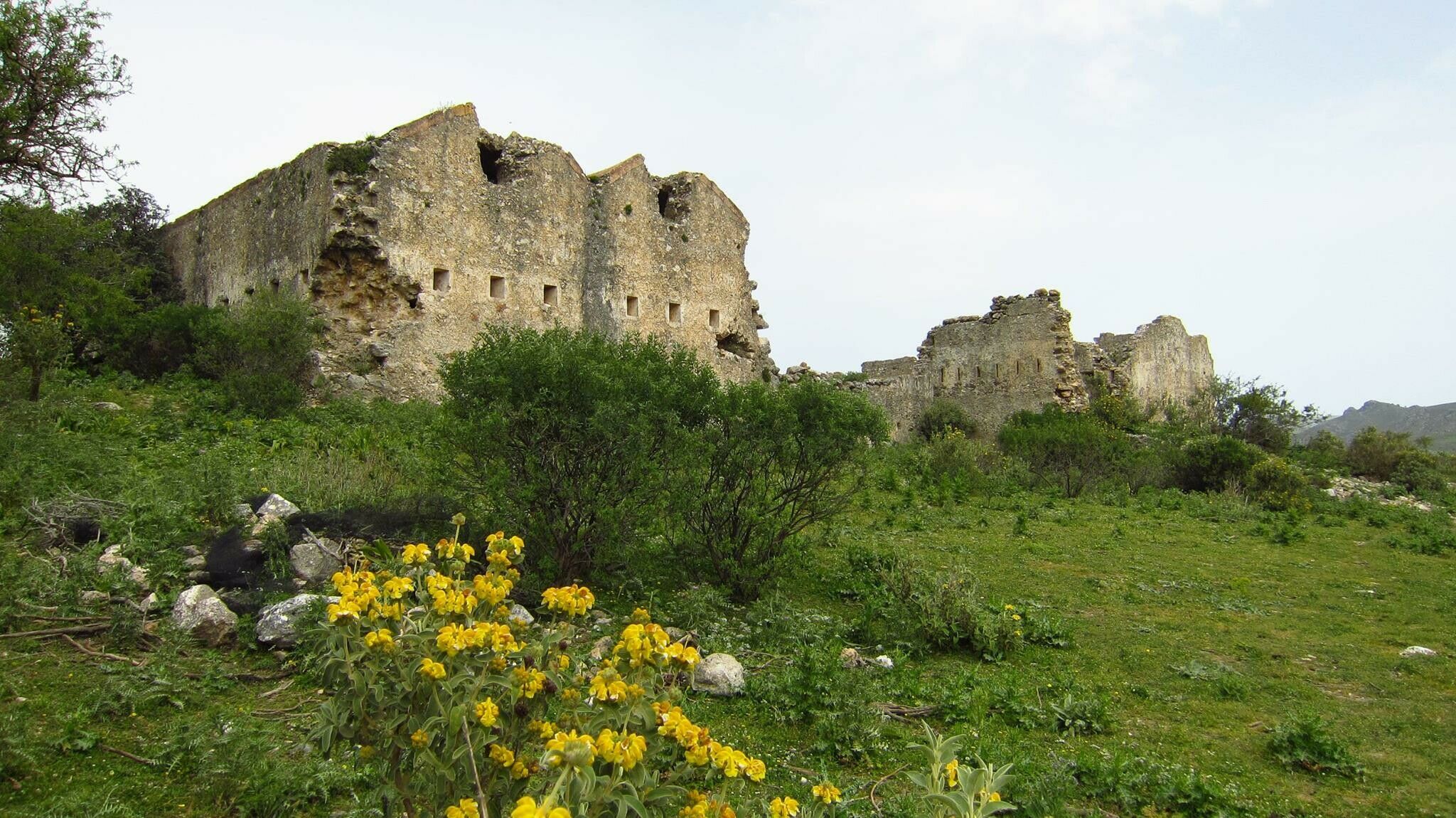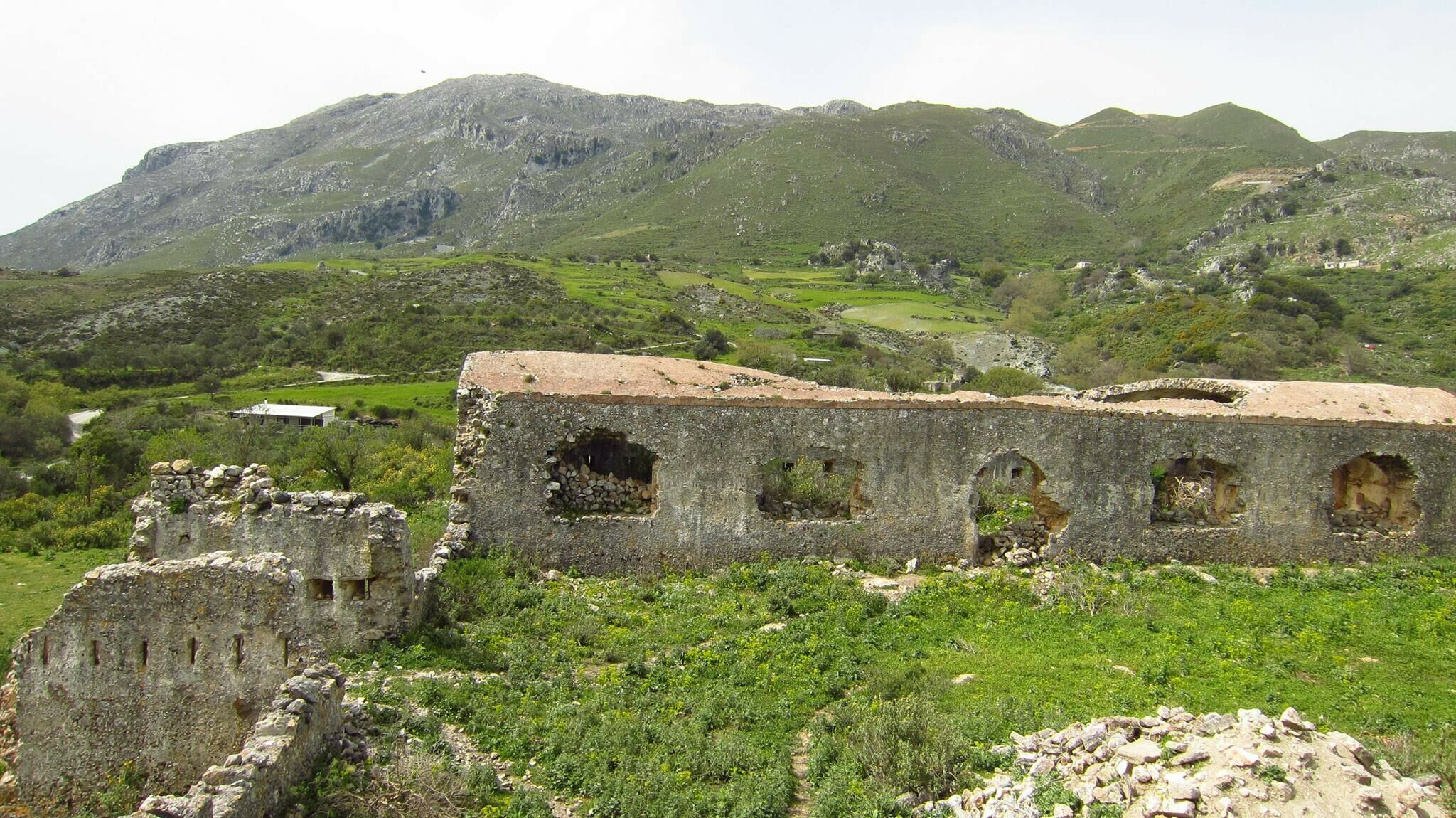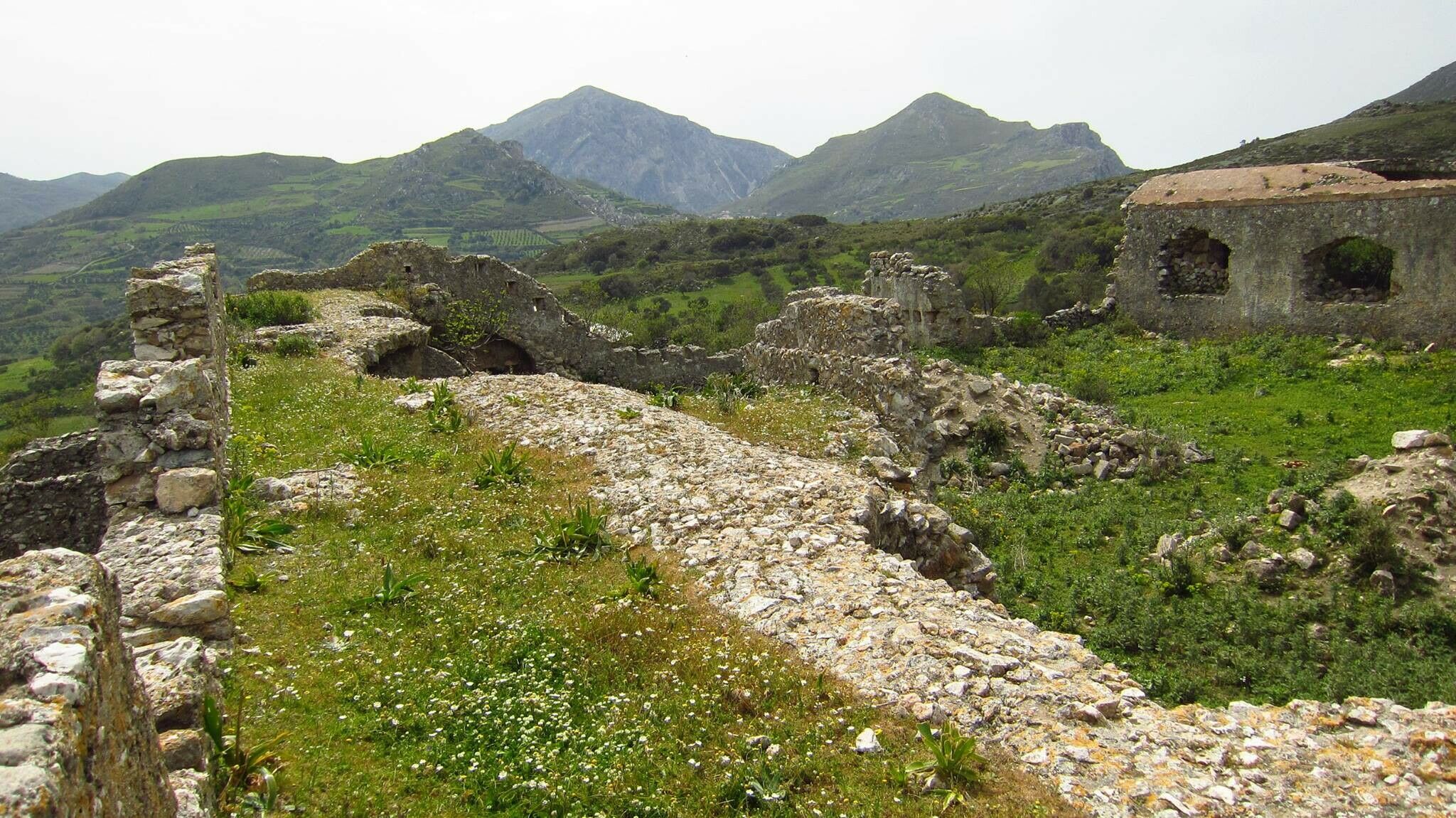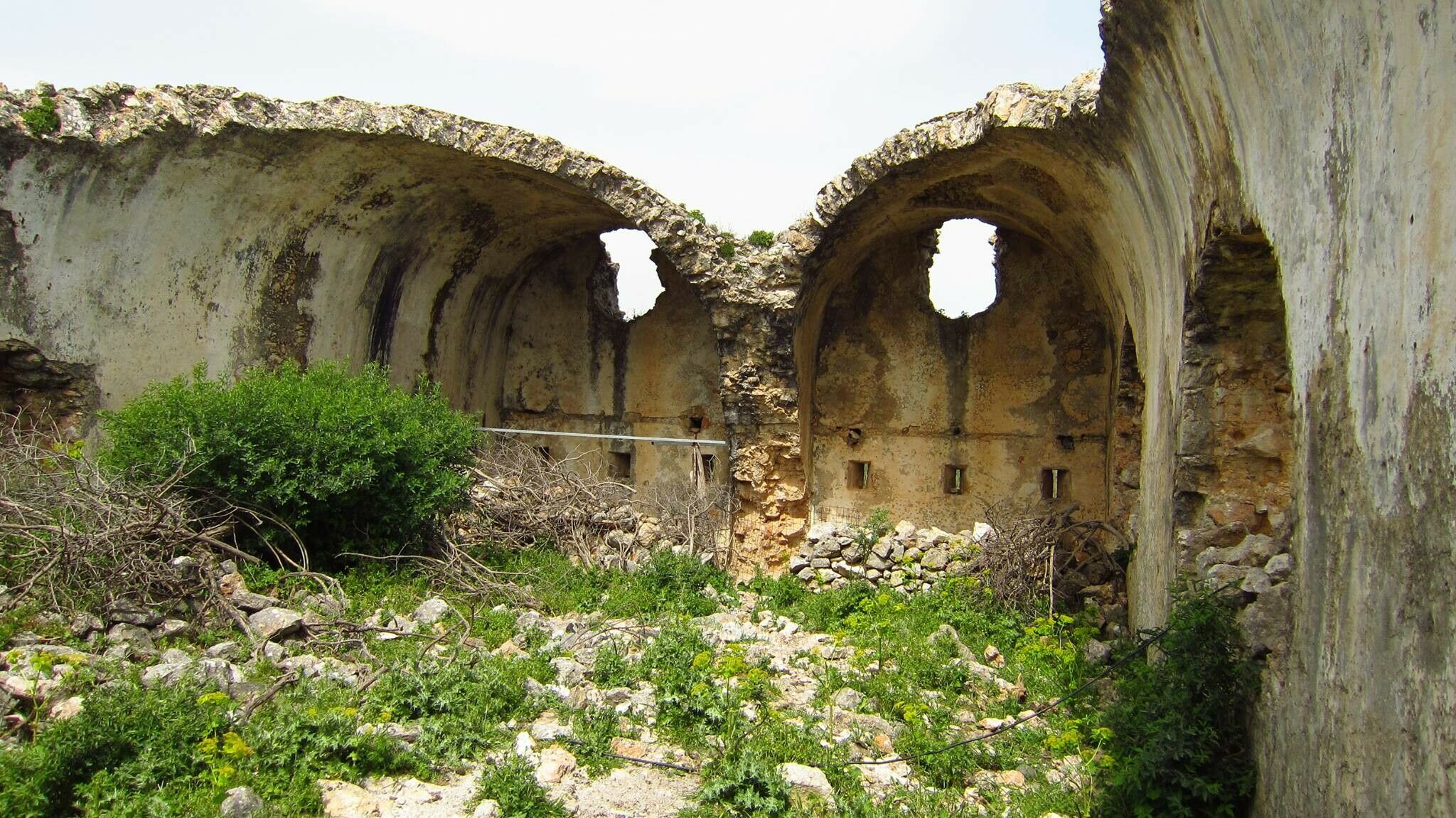"Embark on a journey of discovery in Koxare, where history and natural beauty intertwine to captivate every visitor and traveler."
The Municipal Unit of Koxare includes the settlements: Koxare, Atsipades, Katsogrida, Pale. It has 401 inhabitants according to the 2001 census.
Its name derives from the first settler of Koxari, a descendant of a Byzantine family. The earliest evidence of settlement in the broader area dates back to the Minoan period, where the Minoan Peak Sanctuary was excavated on the mountains of Kouroupas at an altitude of 735m. The most significant monument of the Byzantine period is the church of Agios Georgios in the location Fatreliana, dating back to the 15th century. The church is dedicated to Ktitor Theodosios Sankama, and its interior features frescoes depicting themes such as the Dormition of the Virgin, St. George, the Annunciation, Abraham's Hospitality, the Resurrection of Lazarus, and the Transfiguration.
In 1866, the conquerors built the fortress "Koules" in the area for the more effective defense of the revolutionary detachment, a part of which is preserved to this day. The village of Koxare actively participated in the national liberation struggle against the fascist paratroopers in Rethymno. Resisting on its own, early from 1941, it faced the enemy's brutality, experiencing battles, blockades, arrests, and executions of its brave men throughout the Occupation, shaping its resistance identity with heroism, blood, sacrifices, ruins, and ashes. On August 29, 1944, the Germans detonated the entire village.
Koxare is one of the most beautiful villages in the Municipality of Phoinikas. It is located 25 km south of Rethymno and 15 km from the southern beaches (PLAKIA-DAMNONI-AMMOUDI-PREVELI). The village is situated in one of the most fertile areas of the hinterland. The verdant landscape of the Koxare plain (olive groves) alternates with the wild and imposing scenery of the Atsipadiana mountains or the Kouroupas mountains, at the foot of which the village is built. The Koxare olive grove is the largest in the Agios Vasilios province. The residents are mainly engaged in agricultural and livestock farming.
After the village of Koxare, the Kurtaliotiko Gorge begins, with a length of 2100 meters, through which the Kurtaliotis or Megalos Potamos river flows. It is truly a masterpiece of nature characterized by dense vegetation (many palm trees) and the steep high cliffs on both sides. The name Kurtaliotiko is said to originate from the loud noise heard when a strong north wind blows, creating a sound similar to the beating of "kourtala" (hand clappers). Halfway through the gorge, there are parking lots and paths leading to the church of Agios Nikolaos. The gorge is narrow and has a wild beauty. The river that crosses it branches into five different streams that unite to form five small ponds and a waterfall. Bathing and canyoning in Kurtaliotis make for an alternative proposal worth experiencing! Various species of wild animals and birds are encountered in the gorge.

